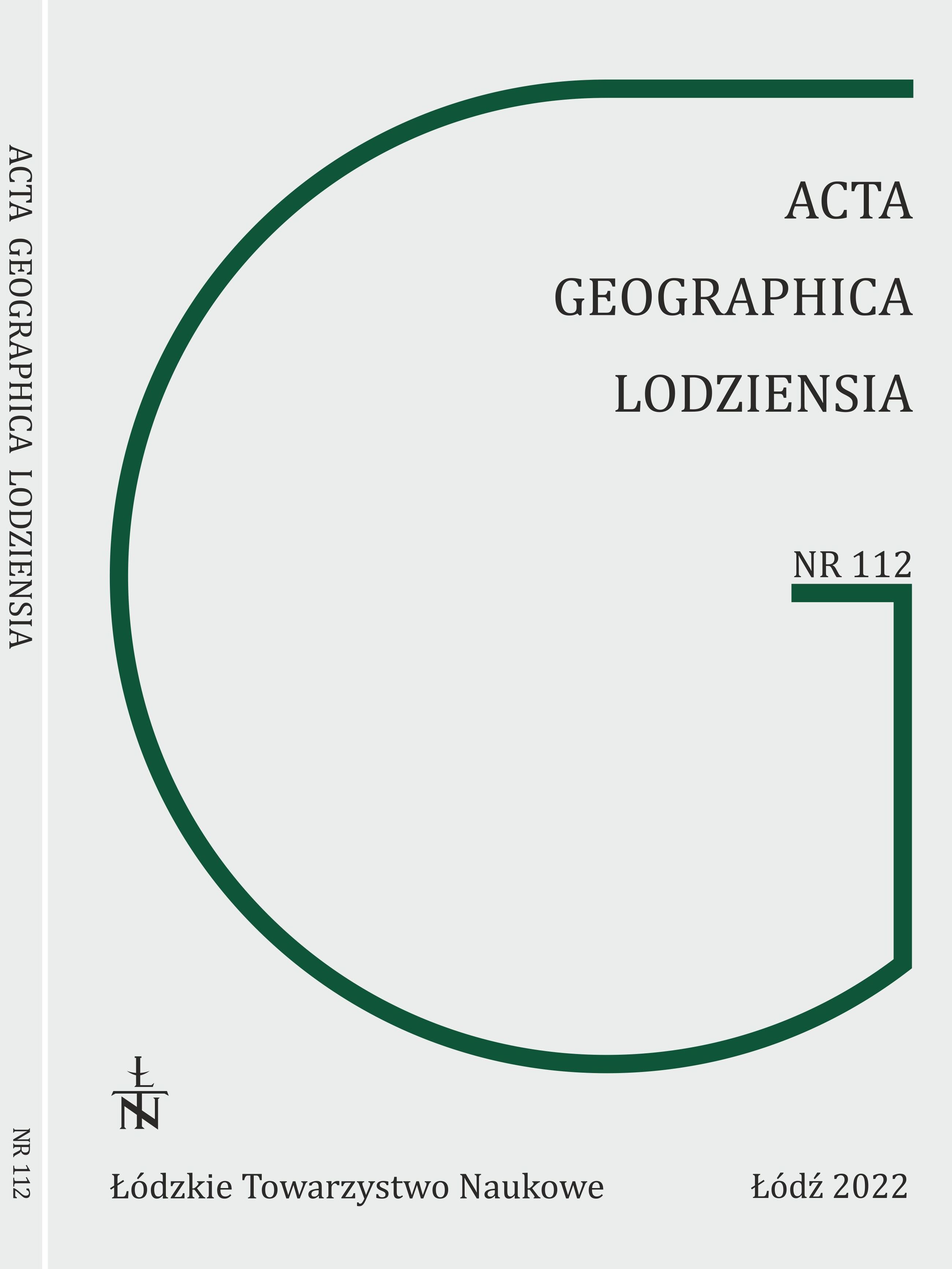Znaczenie kalibracji radiowęglowej skali czasu dla chronostratygrafii późnego vistulianu
The importance of radiocarbon timescale calibration for Late Vistulian chronostratigraphy
Author(s): Adam Michczyński, Danuta J. MichczyńskaSubject(s): Geography, Regional studies
Published by: Łódzkie Towarzystwo Naukowe
Keywords: radiocarbon dating; probabilistic calibration of radiocarbon dates; calibration curves; IntCal20
Summary/Abstract: Chronologies of environmental change in the Late Vistulian are created primarily based on the results of radiocarbon and luminescence dating, with radiocarbon dates providing higher precision – hence their crucial importance for the last 55 000 years, i.e. the range of the 14C method. From the point of view of the user of radiocarbon dates, it is of key importance that the concentration of the 14C isotope in the atmosphere and biosphere has not been constant in the past. These variations, first identified by de Vries in 1958 for the Maunder Minimum period (de Vries 1958), are the reason why a conventional radiocarbon age is only a specific type of record of the measured 14C isotope concentration in the sample under study. Therefore, radiocarbon dates cannot provide absolute chronologies or information on sediment accumulation rates and need to be converted to a calendar scale. Calibration curves, which have been developed since the 1960s, are used for this purpose.To create a calibration curve, measure-ments of 14C isotope concentrations are needed in samples whose calendar age has been determined by an independent method other than radiocarbon. Tree rings with an absolute dendrochronological scale are characterised by the highest resolution. Floating dendrochronological scales, varved lake sediments, marine sediments, speleothems and corals are also used to construct calibration curves.The development of measurement techniques, new datasets and a new statistical approach to combining independent datasets are the reasons why a new version of the calibration curve is published every few years. Detailed information on the evolution of radiocarbon calibration curves can be found in a 2022 article in the journal Radiocarbon (Reimer 2022). In 2020, updates to the calibration curves were published for the northern and southern hemispheres, as well as for the ocean surface layer. The latest version of the Northern Hemisphere calibration curve IntCal20 (Reimer et al. 2020) extends back to 55 000 cal. BP. A lot of new data with a resolution of one year were used in its creation, as well as the data used to prepare previous versions of the calibration curve having been revised (including the discarding of some sets). The area from which the used data comes from has also increased. Up to ~13900 cal. BP IntCal20 is fully based on the results of 14C measurements of trees rings with known absolute dendrochronological age. In its older part, it is based on floating dendrochronological chronologies, data from Lake Suigetsu, speleothems, corals and foraminifera.The differences between the current IntCal20 calibration curve (Reimer et al. 2020) and the previous version of the IntCal13 curve (Reimer et al. 2013) are best illustrated using the Δ14C value (Stuiver, Polach 1977; Reimer et al. 2020) determined for a given calendar age (Fig. 1A, B). What is most striking in Figure 1 is that the course of the IntCal20 calibration curve is characterised by more fluctuations (ups and downs) than the IntCal13 curve, which for calendar ages older than 12 550 cal. BP was smoother than IntCal20. This is a consequence of the increase in the number and precision of he data used to construct the curve and the extension of the time interval for which the curve is based on dendrochronological data. This has significant consequences for the calibration results of the radiocarbon dates. These consequences are discussed using examples of dates calibration for a few selected time intervals:- 13 000–11 800 cal BP (see Fig. 2–4),- 14 500–12 500 cal BP (see Fig. 5),- 16 500–14 500 cal BP (see Fig. 6–7),- 20 000–16 500 cal BP (see Fig. 8–9).The information and examples presented in the article can be summarised as follows:1. The use of calibrated dates is necessary when developing chronostratigraphy for a site or region based on radiocarbon age determinations.2. Differences between the IntCal20 and IntCal13 calibration curve are found almost throughout the time interval older than 11 800 cal. BP. These differences, resulting from the refinement and correction of the IntCal20 curve, lead to the presence of several possible alternatives of actual calendar age in the calibration results of radiocarbon dates. Furthermore, some of these alternative calendar age ranges differ significantly from the calendar age ranges obtained from calibration using IntCal13. This raises the need for a revision of the chronological models for the Late Vistulian developed using the IntCal13 curve.3. Due to the fact that, when updating the calibration curve, new and ever more precise data are added or less precise data are deleted, all radiocarbon dates used in agiven study should be calibrated using the same (preferably the latest) version of the calibration curve.4. When publishing the results of dating, the so-called "Raw data", i.e. sample name, dated material, site information (including, e.g., depth range represented by the sample), laboratory code, conventional 14C date with uncertainty, so that:- when reworking data, the date can be calibrated using a newer calibration curve,- when creating a new version of the age–depth model for a site, full use can be made of the information on lithology, stratigraphy and range of years represented by each sample,- any doubts about the cited dates (e.g. method of chemical pretreatment, dated fraction) can be clarified directly in the radiocarbon laboratory.
Journal: Acta Geographica Lodziensia
- Issue Year: 2022
- Issue No: 112
- Page Range: 31-43
- Page Count: 13
- Language: English, Polish

